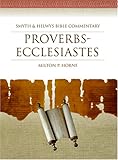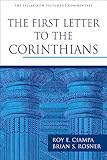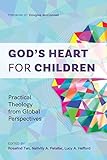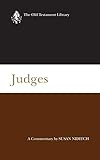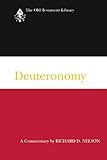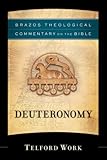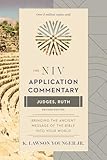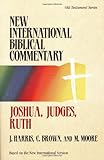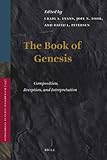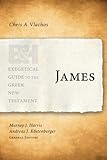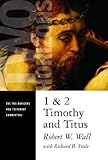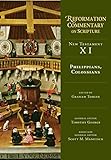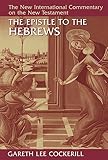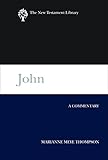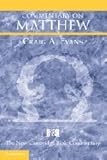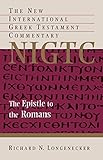A grammatical exposition of 2 Timothy 3:16-17 Conspectus : The Journal of the South African Theological Seminary, Volume 9, Issue 03, Mar 2010, p. 95 - 105
Smith, Kevin Gary
A grammatical exposition of 2 Timothy 3:16-17 Conspectus : The Journal of the South African Theological Seminary, Volume 9, Issue 03, Mar 2010, p. 95 - 105 - Johannesburg, South Africa South African Theological Seminary Press 2010 - p. 95 - 105 PDF - Conspectus 1996-8167 .
The most definitive biblical text on the nature, function, and purpose of scripture, 2 Timothy 3:16-17, contains several difficulties that have made it the subject of much scholarly debate. The purpose of this article is to examine the Greek text phrase by phrase, exploring the difficulties and evaluating possible solutions. Concerning the nature of scripture, the first three words are best translated 'all scripture is God-breathed', although 'every scripture is God-breathed' remains possible. The inspired nature of the scriptures is presupposed by both these translations, and even by other interpretive options. Furthermore, it is proper to consider both copies and translations as inspired scriptures, while recognizing that in so doing we are referring to their true character rather than their absolute character. The function of scripture is represented by four prepositional phrases, which portray its functions as guiding believers towards correct belief and behaviour, while exposing wrong beliefs and behaviours. The ultimate purpose of scripture, however, is conveyed not by the four prepositional phrases in verse 16, but by the hina clause in verse 17 - the word of God is given to prepare the man of God for every good work.
New Testament
A grammatical exposition of 2 Timothy 3:16-17 Conspectus : The Journal of the South African Theological Seminary, Volume 9, Issue 03, Mar 2010, p. 95 - 105 - Johannesburg, South Africa South African Theological Seminary Press 2010 - p. 95 - 105 PDF - Conspectus 1996-8167 .
The most definitive biblical text on the nature, function, and purpose of scripture, 2 Timothy 3:16-17, contains several difficulties that have made it the subject of much scholarly debate. The purpose of this article is to examine the Greek text phrase by phrase, exploring the difficulties and evaluating possible solutions. Concerning the nature of scripture, the first three words are best translated 'all scripture is God-breathed', although 'every scripture is God-breathed' remains possible. The inspired nature of the scriptures is presupposed by both these translations, and even by other interpretive options. Furthermore, it is proper to consider both copies and translations as inspired scriptures, while recognizing that in so doing we are referring to their true character rather than their absolute character. The function of scripture is represented by four prepositional phrases, which portray its functions as guiding believers towards correct belief and behaviour, while exposing wrong beliefs and behaviours. The ultimate purpose of scripture, however, is conveyed not by the four prepositional phrases in verse 16, but by the hina clause in verse 17 - the word of God is given to prepare the man of God for every good work.
New Testament

